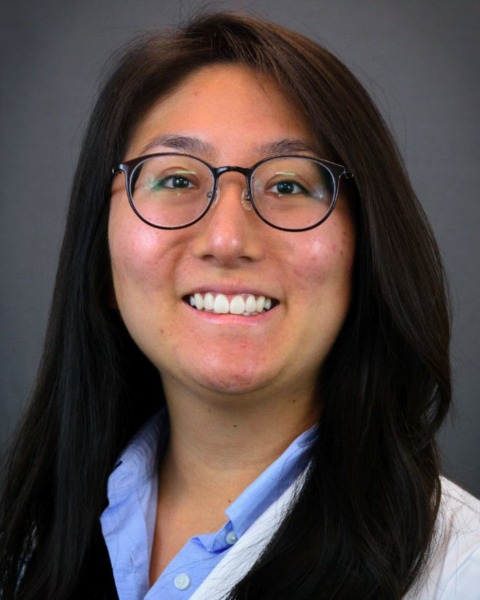Breast
E1: Outcomes in breast and axillary surgery and perioperative complications after neoadjuvant durvalumab plus chemotherapy in triple-negative breast cancer
- TN
Thomas Noel, MD
Fellow
Yale, United States 
Leah S. Kim, MD (she/her/hers)
Surgery Resident
Yale New Haven Health
New haven, Connecticut, United States
Lajos Pusztai, MD, D Phil
Professor
Yale School of Medicine, United States- DL
Donald Lannin, MD
Professor
Yale, United States 
Tristen S. Park, MD
Assistant Professor
Yale School of Medicine
New Haven, Connecticut, United States
Tristen S. Park, MD
Assistant Professor
Yale School of Medicine
New Haven, Connecticut, United States
Tristen S. Park, MD
Assistant Professor
Yale School of Medicine
New Haven, Connecticut, United States
Author(s)
ePoster Abstract Author(s)
Submitter(s)
Author(s)
Immune checkpoint inhibitor (ICI) therapy has revolutionized treatment of early TNBC, for which previously no targeted treatments were available. When combined with preoperative systemic chemotherapy, ICI has improved pCR and survival. Durvalumab is an anti-PD-L1 antibody which targets the PD-1/PD-L1 axis. A phase I/II clinical trial of this agent was performed at our academic cancer center from 2015-2018. The study reported a 44% pCR rate and among patients with residual disease, 12% were RCB-1, 31% RCB II and 10% RCB III. We report here the associated surgical outcomes.
Methods:
In this trial 58 stage I-III TNBC patients underwent neoadjuvant Durvalumab in combination with weekly nab-paclitaxel and dose-dense doxorubicin/cyclophosphamide followed by surgery. We performed a chart review to assess surgical downstaging in the breast and axilla as well as perioperative complications.
Results:
In the 58 patients who underwent surgery, 24 (41%) underwent mastectomy and 34 (59%) underwent breast conserving surgery. Among patients who were initially cN0, 34 had SLNB, 32 were pN0, 2 were pN1-2. 1 patient had ALND and was pN1-2. Among initial cN1-3 patients, nine underwent SLNB, 8 were pN0, 1 was pN1-2. Among cN1-3 patients who had ALND, 7 were pN0 and 7 were pN1-2. Radiographic nodal response did not correlate well with pathologic response. Among patients with radiographic CR, 33% were pN1-2, whereas with radiographic PR, 42% were pN1-2.
Perioperative complications within 30 days included seroma (n=2, 3.5%), wound complications (n=2, 3.5%), wound infections (n=3, 5.2%), and hematoma (n=1, 1.7%). Longer term complications included shoulder arthralgia (n=1, 1.7%), axillary cording (n=3, 5.2%), and lymphedema (n=4, 6.9%).
Conclusions:
This study suggests that neoadjuvant Durvalumab plus chemotherapy results in downstaging that can increase the rate of breast preservation and reduce the rate of axillary dissection.
The incidence of perioperative complications was low and was also likely reduced by the surgical de-escalation.
Learning Objectives:
- Upon completion the participant will be able to state the surgical complication rates of breast surgery after neoadjuvant immunochemotherapy
- Upon completion the participant will be able to state the surgical complication rates of breast surgery after neoadjuvant immunochemotherapy
- Upon completion the participant will be able to state the radiographic and pathological correlation to downstaging for breast surgery after neoadjuvant immunochemotherapy
